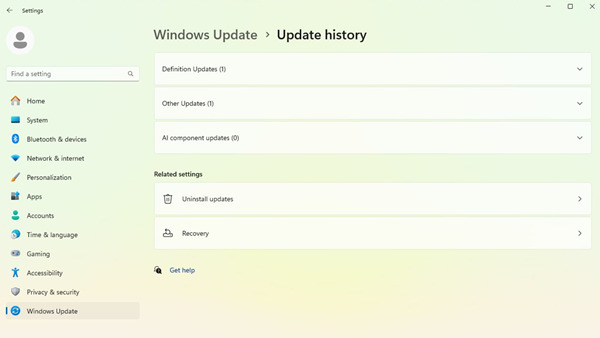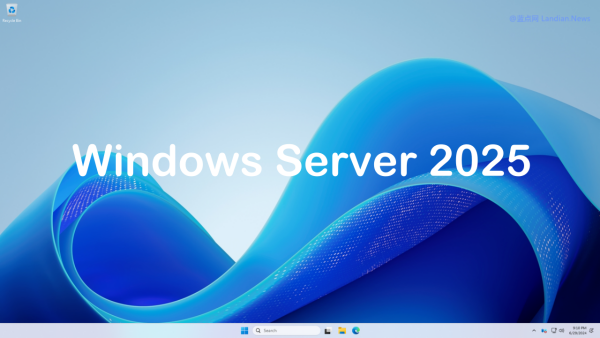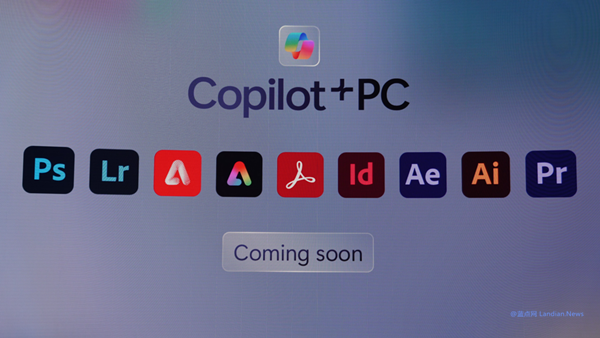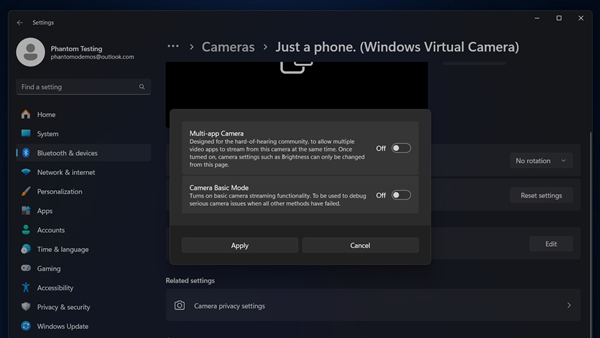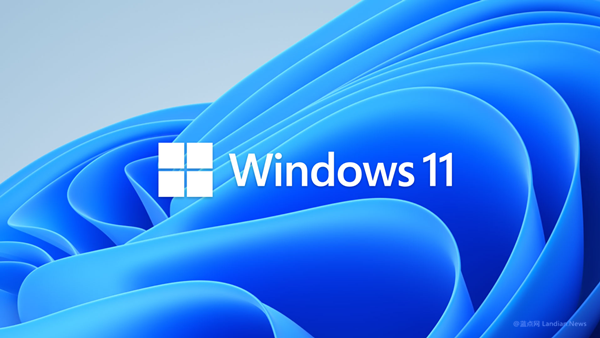Microsoft Announces the Phasing Out of WSUS Update Service for Enterprises, Still to Maintain the Service Without Adding New Features
Windows Server Update Services (WSUS) is an update service delivered by Microsoft for enterprises, which has been available for many years. It allows IT administrators to manage the update schedule for devices within a network.
Earlier this year, Microsoft announced that starting April 18, 2025, it would begin to phase out the WSUS driver synchronization feature, as only about one-third of IT administrators actually use this feature in their environments.
Unexpectedly, Microsoft has now announced the discontinuation of the WSUS update service itself. Going forward, the service will not accept any new feature requests, nor will Microsoft develop the service any further.
In an official blog post, Microsoft stated:
"Specifically, this means we will no longer invest in new features for the WSUS update service, nor will we accept new feature requests for WSUS. However, we will still maintain the current functionality and continue to release updates through the WSUS channel. We will also support any content that has been released through the WSUS channel (i.e., previously released content will be retained)."
Although the WSUS service will still be included in Windows Server 2025, Microsoft recommends that IT administrators should transition to cloud-based update tools, such as Windows Autopatch, Microsoft Intune, and Azure Update Manager, for server updates.
Given that Windows Server 2025 will still support this feature and Windows Server is only updated every three years, it is unlikely that Microsoft will completely shut down WSUS in the short term.
By 2027-2028, around the time of the next Windows Server update, it is highly probable that WSUS will no longer be supported. At that time, Microsoft may choose to completely shut down the service, no longer supporting updates deployed through WSUS.

